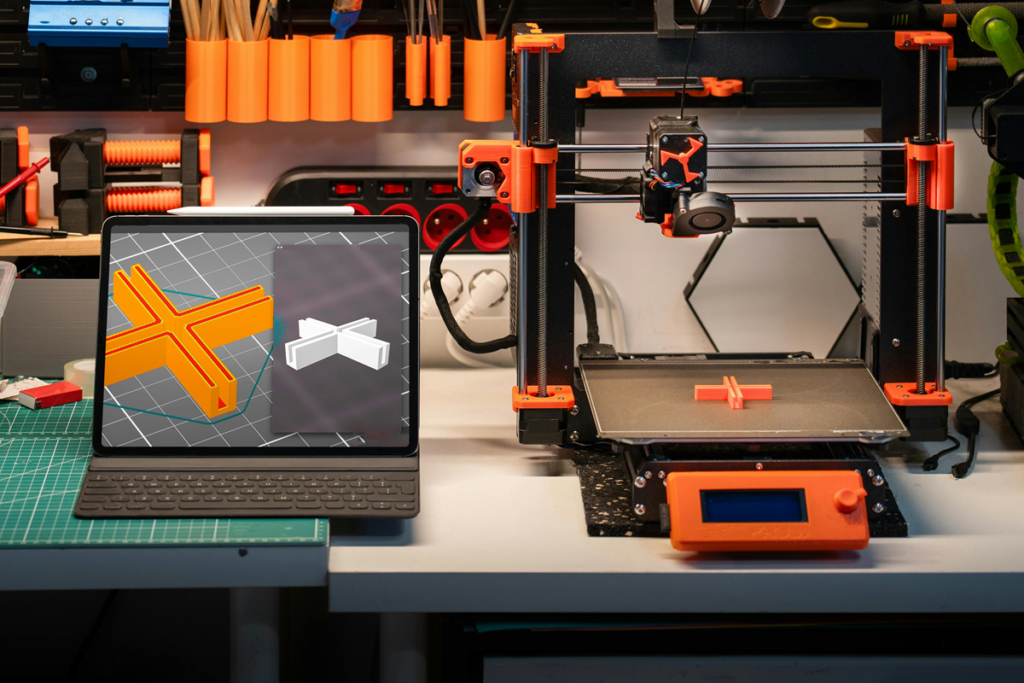3D printing is a fantastic tool, whether it is being used as a core part of a business or something you are doing as a hobby. However, it can also be quite intimidating, especially if you are going into it with the bare minimum of knowledge about how it all works.
While 3D printing sounds straightforward on paper, it can be very tricky to get your head around. What do you need to know before you jump into using it for yourself?
Not All Printers Are Equal
The first thing you should know about 3D printing is that not all printers are created equal. Just as the technology has been rapidly advancing, so has the technology behind the different types of 3D printers, some of which are meant for particular uses.
When it comes to consumer 3D printers, you have three main options and those are FDM, DLP, and SLA. Each one has its own advantages and disadvantages, and it is important to look into them deeper before you impulse-purchase a printer that is not necessarily right for your long-term goals or intended uses.
Printers Need To Be Chosen Carefully
Even beyond the acronym distinctions, there can be some factors that make certain printers more useful than others. For example, a larger printer can print larger objects in a single piece, something that will be very useful for some people but functionally useless to others.
Different printers also have different speeds, which can be a big deal. If you are a beginner or planning on using the printer casually, this might not matter, but this difference can become much more noticeable if you are printing a lot of things back-to-back or leaving larger projects to print throughout the day.
It is important to research the differences between each printer carefully so you end up with the right one. While there are lots of options out there, the good news is that almost every printer can do basic jobs very well, but a more niche hobby might require something specialized.
There Is A Lot To Learn
There can be a lot to learn about 3D printing, far more than it would be possible to cover in one article. It is a good idea to look at articles from reliable sources, such as Scott Hamill from 3dsourced. Not only does this help you learn about 3D printing specifically, but it can also help you avoid costly mistakes, especially with resources like https://3dsourced.com to work with.
Staying informed is important when getting into any new hobby, so if you are interested in 3D printing, make sure you are reading up on anything that you are not already completely sure of. The more you know, the easier it becomes to get everything right when you finally have a 3D printer of your own.
Remember that the field of 3D printing is also constantly evolving and changing, so new technology could be developed at any moment. While you do not necessarily need the newest and best equipment, especially not if you are just a hobbyist, it does not hurt to educate yourself on what these developments are in case they end up being relevant to you.

